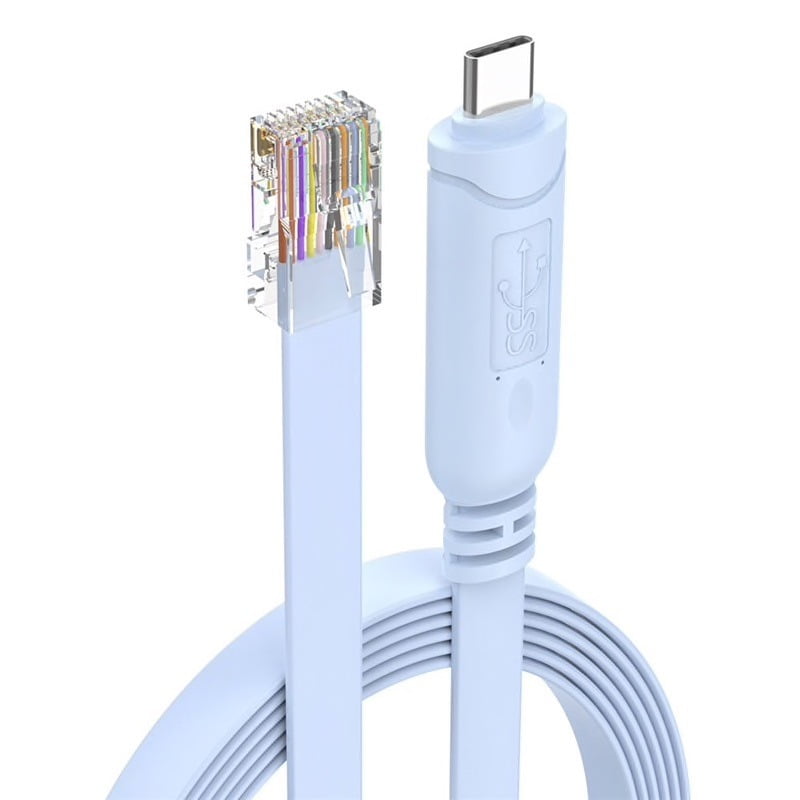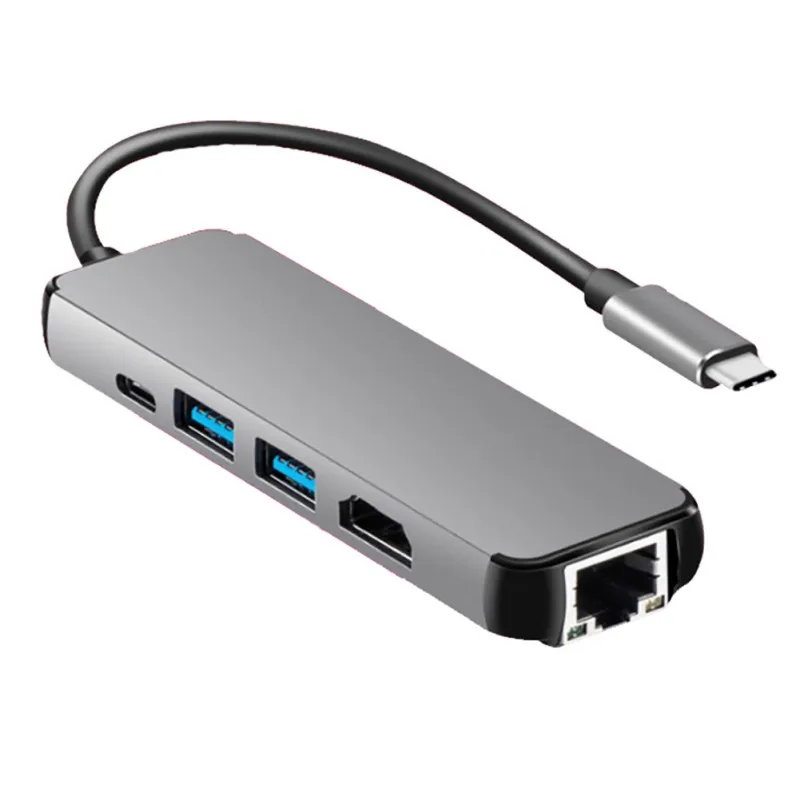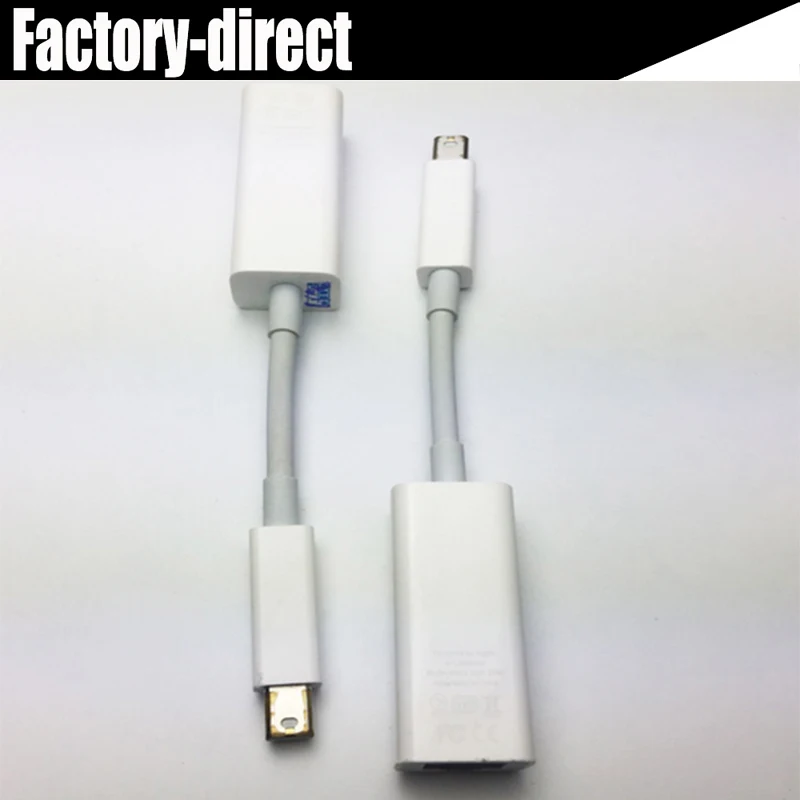

Open up your internet browser and hit refresh. Select the DNS tab and input your DNS infoħ. Fill out the boxes according to your IP addressĥ. Click on your Ethernet connection and where it says “Configure IPv4:” use the drop-down box to select “Manually”ģ. TP-Link USB C To Ethernet Adapter (UE300C), RJ45 To USB C Type-C Gigabit Ethernet LAN Network Adapter, Compatible With Apple MacBook Pro 2017-2020, MacBook Air, Surface, Dell XPS And More, White. Open up Network Preferences with your adapter and Ethernet connectedĢ. Click the Configure IPv4 pop-up menu and choose Using DHCP. From the Connection list on the left, click Ethernet. Click the Network icon (under Internet & Network). Click "OK" and check your Ethernet connection. Follow these steps on each Mac running OS X that you want to connect to the network: Click the System Preferences icon in the Dock. If you have any other questions, please contact us at #1ġ) Disconnect your Multi-Port Adapter from your computerģ) Manually remove "USB 10/100/1000 LAN" from your Network by clicking the "-" symbolĤ) Plug your Multi-Port Adapter back into your computerĥ) Manually add in "USB 10/100/1000 LAN" to your Network Preferences by clicking the "+" symbolĦ) After adding your Ethernet back in, please click on "Advanced" tabħ) In the "Advanced" tab, click on "Renew DHCP Lease" buttonĨ. If your issues still persist, move onto Set #2. Follow Set #1 first and test your Ethernet again. Please note there are two sets of troubleshooting instructions. However, if you are experiencing any issues with your Ethernet connection, please follow the steps below. The only difference is that there is now a middle man with the adapter.We hope you are enjoying your new Multi-Port Adapter! Using a USB-C port on a MacBook is very similar to the older USB versions that you’ve likely become accustomed to.

Meanwhile, the other end of the adapter should have a traditional USB port for you to connect other devices to. As long as you dont connect the Ethernet cord to the Time Capsules WAN port, an Ethernet connection will give you Internet access and the ability to configure.

Once you have an adapter, you can plug the USB-C side into the computer port matching it. To use a regular USB with MacBook Air USB-C ports, you’ll need to use an adapter. How to Use a USB on MacBooks With USB-C Ports USB 3: What Is the Difference Between Them?įor a complete list of the devices that support USB-C and standard USB ports, head over to this article on the Apple Support website. The same is true for MacBook Pro models that Apple introduced from 2016 onwards, and all Apple laptops full-stop from 2018 to the present day-regardless of their model.Ī selection of iMac devices also use this method for connecting USB cables with their computers. MacBook Air models from 2018 and later come with USB-C ports.


 0 kommentar(er)
0 kommentar(er)
